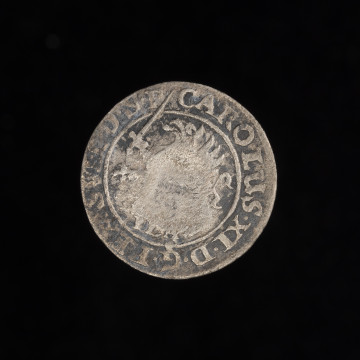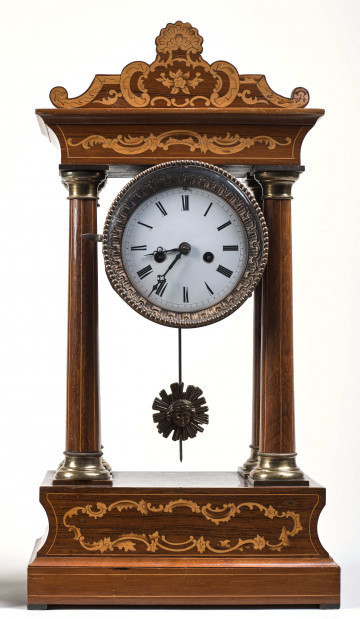
Karte des Atlantischen Oceans
1788
National Museum in Szczecin
Part of the collection: European and non-European coins
The idea of the thaler and the thaler system, which originated in the German Reich in the 16th century, rapidly spread throughout almost all of Europe. It also reached the Scandinavian countries, including Sweden, where efforts were made to adapt the imported system to local conditions. This was done by Gustav I Vasa (1496–1560). In 1534, he introduced the thaler, similar to the one in the photograph. He was depicted on it as a warrior king, in armour and with regalia. The sword symbolises supreme judicial authority, while the apple with the cross symbolises spiritual authority. The Lutheran king was also the head of the church in the state. Such an image was also consistent with the ruler’s view of himself. Gustav saw himself as the liberator of Sweden from the Danish yoke and the power of the papacy. The attributes shown may therefore carry a double message. In the centre of the shield is the Sheaf, the Vasa family coat of arms, with the Three Crowns of Magnus Eriksson (1316–1374) and the Lion of Folkung, placed in a chequered pattern. The reverse of the coin also has a strong ideological message. It shows the figure of Christ, the Saviour of the World with the apple of power in his hand, giving a blessing. Certainly, such a combination of motifs is not accidental. Gustav saw himself as a just father to the nation and state he had created. He ruled there with a firm hand, and his authority was unquestioned. Even if his Protestant piety did not allow him to compare himself with God, he certainly considered himself His hand on earth. This strong juxtaposition of symbols is softened by the Latin inscription: Saviour of the World, support us. The first Swedish thalers are rare coins. The new Swedish monetary system proved to be fairly stable, although small coins slowly depreciated. Sweden’s wars and poverty led to the collapse of Swedish money in the second half of the 16th century. At the beginning of the 17th century, the raw material for small coins was mainly copper, and later it was even used for minting thalers.
Mieszko Pawłowski
Other names
Daler
Author / creator
Dimensions
cały obiekt: diameter: 44 mm
Object type
coin
Technique
minting
Material
silver
Creation time / dating
Creation / finding place
Owner
National Museum in Szczecin
Identification number
Location / status

1788
National Museum in Szczecin

1691
National Museum in Szczecin

19th (?) century
Castle Museum in Łańcut
DISCOVER this TOPIC
Castle Museum in Łańcut
DISCOVER this PATH
Educational path